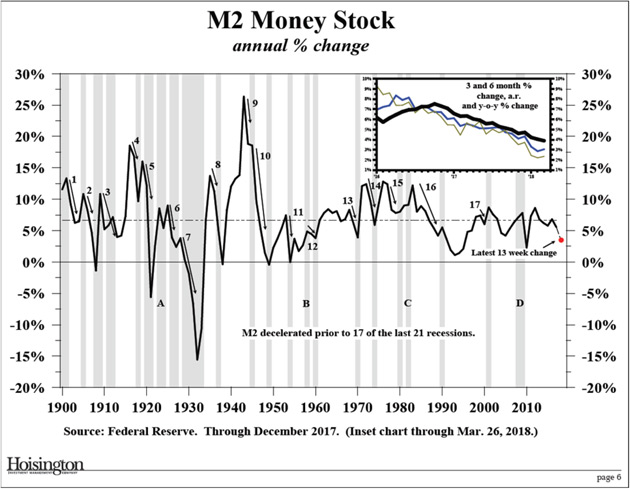"We are all part of the equilibrium."--Bob Tollison
This spring a new edition of The Economist’s style guide permits the split infinitive.
John Comly is the first known writer to issue a ban on the split infinitive, saying in 1803 that: “An adverb should not be placed between a verb of the infinitive mood and the preposition ‘to’ which governs it.” At the time this practice was not common, even though such splits had arisen in English almost as soon as “to” started appearing with infinitives. They crop up, for example, in “Sir Gawaine and the Green Knight” in the 14th century.
Shakespeare split just one infinitive, the King James Bible none. Samuel Johnson wrote “Milton was too busy to much miss his wife”, but the usage really took off again in the 19th century. Samuel Taylor Coleridge, Matthew Arnold, Anthony Trollope, Mark Twain, George Eliot, Henry James, Thomas Hardy, Theodore Roosevelt and Rudyard Kipling all split infinitives. Data from Google Books confirm a 19th-century surge in “to” followed by an adverb.
Disorders of Sexual Development (DSD) are human illness that cause the development of ambiguous genitalia in newborns and children.
Most DSDs can be diagnosed and the outcomes predicted; physicians use the diagnosis to advise parents on which gender the child is likely to identify with. For instance, the most common cause for a DSD is congenital adrenal hyperplasia — which can result in ambiguous genitalia for XX children. This is an illness of the adrenal glands where steroids are made imperfectly. This is a treatable biochemical defect. Between 90% and 95% of people with the condition identify as female.
Trouble is brewing on the border of "DSD" with the family of a baby who underwent feminizing surgery at 16 months old. The child, now 11 years old, identifies as male, and his lawyers argue that South Carolina's Department of Social Services and the university that performed the surgery violated the child's rights.
Who is... Bob Tollison?
What is M2? It is a broad measure of the money supply, including cash, checking, and savings accounts, time deposits, and money market mutual funds. In a healthy economy, M2 should be growing. Diminution of that growth suggests recession is coming—but like the inverted yield curve, not necessarily soon. Broad measures of monetary growth can begin to decline two years or more before you have an actual recession.
This is a symptom resulting from an underlying disorder. M2 money supply grows with bank credit growth. It falls when banks reduce lending growth. They do that when finding credit-worthy borrowers gets harder, as it does in a recession.
Cardinal George Pell, one of the Vatican’s highest-ranking officials, will be tried by a jury on charges of sexual offenses that allegedly occurred decades ago in Australia.
Bourne argues there are many things government can do to help the poor with known beneficial effects rather than simple redistribution which is at least debatable: Zoning laws and urban growth boundaries raise house prices. Regulations make childcare more expensive. Sugar, milk programs and the ethanol mandate increase food costs. Tariffs on clothes and footwear have particularly regressive effects. Energy regulations which seek to subsidize renewables rather than being “technology neutral” can raise prices. CAFE standards, constraints against ride sharing, and some regulations on gas taxes raise some transport prices too. Not to mention the broader effects of protectionism and occupational licensing in both raising prices and reducing efficiency across the economy."
Rubio thinks there is no proof the tax cut has helped workers. Underlying this opinion is confidence in the government's ability to spend effectively--more effectively than its citizens. Here is a letter to the editor of the WashPo: "The core economic case for cutting tax rates on corporate and personal incomes, and on capital gains, does not depend on whatever increased spending such tax cuts might immediately generate from existing businesses and from consumers. Rather, the case for tax cuts is that reducing tax rates promotes economic growth by encouraging more risk-taking, more investment, and more work-effort over time by increasing entrepreneurs’, investors’, and workers’ expected net returns to their productive activities. And because much of the new investments and other economic activities that are encouraged by cuts in tax rates take time to occur, the full effects of such tax cuts can be adequately assessed only over the course of a few years."
Instead of offering incentives to employers, towns with unfilled jobs are handing out money, student-debt relief and home-purchase assistance to lure potential employees–one by one. It’s an uphill battle to compete with the opportunity and amenities found in larger U.S. cities. (wsj)
The percentage of American households today that earn annual, inflation-adjusted incomes of $150,000 or more has risen from 10.7 in 2001 to 13.6 in 2016. If the middle income class is shrinking it is because the middle class is growing into the upper income class, not dropping into the lower.
Many politicians believe that work itself can be separated from production, that a make-work project has value even if nothing is created. Protectionists are the same cat with different stripes.
In Iceland, upward of 85% of pregnant women opt for prenatal testing, which has produced a Down syndrome elimination rate approaching 100%.
In Iceland, upward of 85% of pregnant women opt for prenatal testing, which has produced a Down syndrome elimination rate approaching 100%.
36.2% of people of Irish ancestry, age 25 or older, had a bachelor’s degree or higher in 2015. In addition, 94.1 percent of Irish-Americans in this age group had at least a high school diploma. For the nation as a whole, the corresponding rates were 30.6 percent and 87.1 percent, respectively.
AAAAaaaaaannnnnddddd.....a graph:

No comments:
Post a Comment